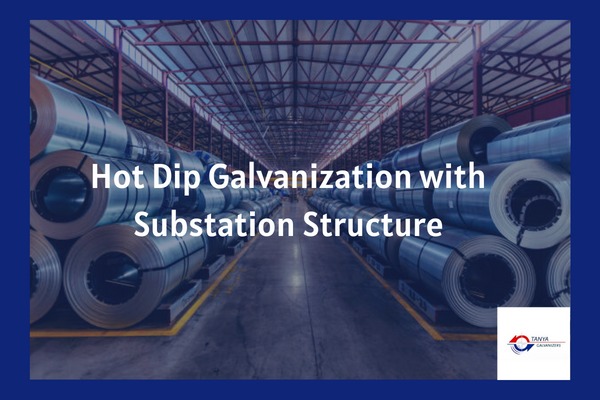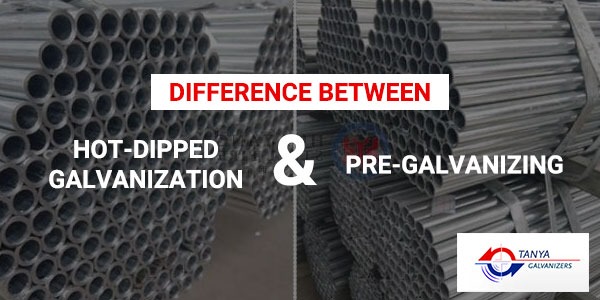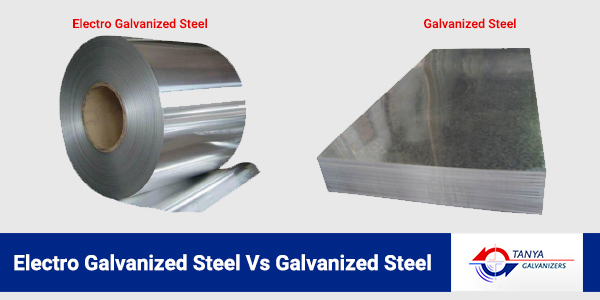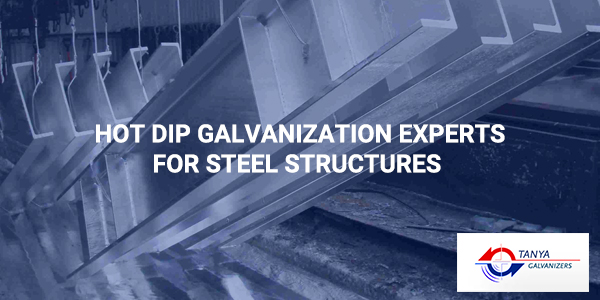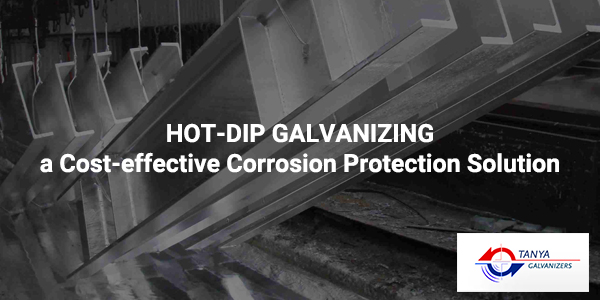The pace of development is rapidly increasing in modern times. With this increasing pace, we also need to ensure that the structures that we develop today are durable and sustainable. Fast energy transmission has been instrumental in this growth journey.
Substation Structures have played a vital role among all mediums created for transferring electricity. This blog will provide you with a brief overview of substations and how galvanized substations are the future.
What is a substation?
Substations are used for power generation in a power station. Their transformers assist in the smooth distribution of electricity and reverse the voltage from high to low. Electricity flows through different power plants and substations at different voltages. The voltage changes based on the demand of the consumers and pre-determined targets. Therefore, substations form the backbone in transferring electricity, so it is important to maintain them through hot dip galvanization.
Hot dip galvanization
Substation structures remain exposed to climate, heat, dust, and pollution. Therefore, it is essential that they are maintained appropriately. To make them durable and sustained for a longer period of time, it is necessary that they are galvanized.
Hot dip galvanizing makes these substation structures weatherproof and strong, which helps them resist against various external factors that cause harm to them. One of the most important factors in iron maintenance is the prevention of corrosion. Hot dip galvanization also ensures that these structures are corrosion-resistant.
Hot Dip Galvanization at Tanya Galvanizers
Hot dip galvanization is not an easy process. It requires tremendous professional expertise and experience to galvanize substation structures to make them appropriate for energy transmission.
We at Tanya Galvanizers possess more than six decades of experience in the galvanizing industry. Our expertise lies in creating hot dip galvanizing structures suitable to the requirements of a substation. We make the finest quality products to ensure the highest satisfaction of our clients.
We use various metals and alloys like angels, channels, plates, flats, rounds, zinc, primers, and paints to manufacture a galvanizer. At Tanya Galvanizers, we also abide by the highest testing standards through our scientifically developed and intensive inspection and testing processes.
Prologue
Don’t let the effects of weather and pollution affect your substation structures. Protect all your substation structures by getting in touch with us at Tanya Galvanizers.
Get in touch with our experts today, and they will provide you with end-to-end galvanizing solutions for all your substations structures.
